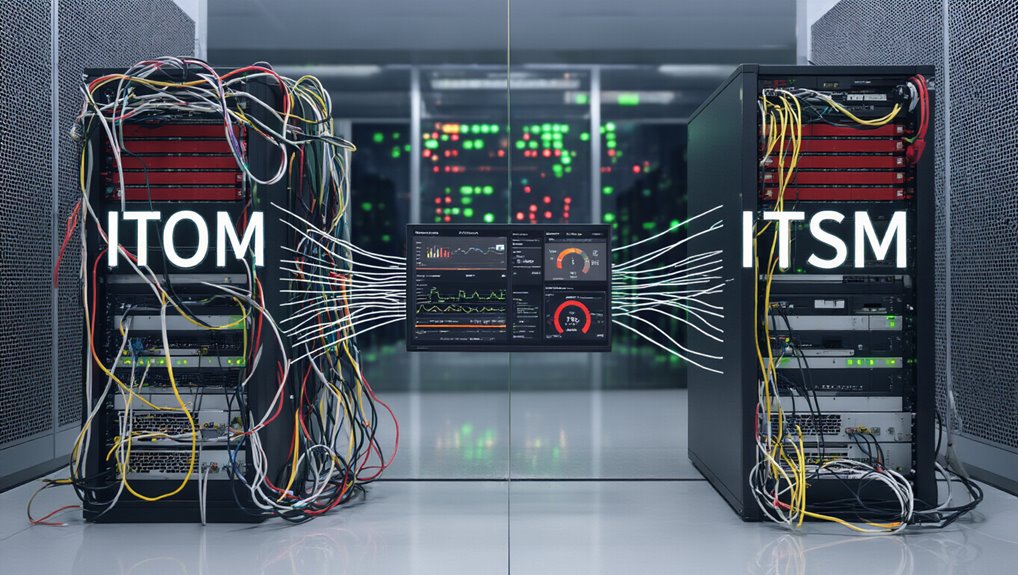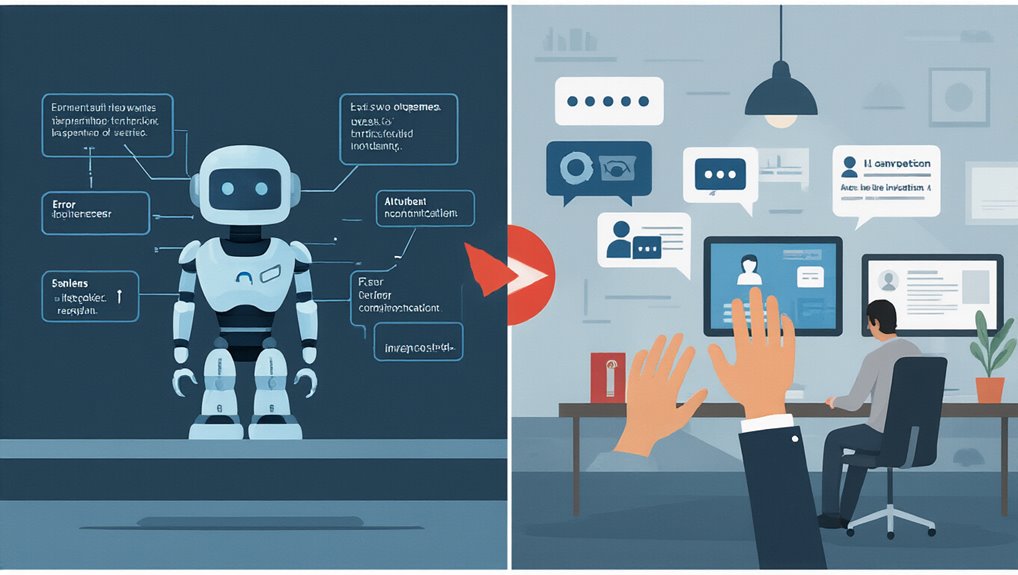As organizations increasingly integrate artificial intelligence into their IT Service Management (ITSM) frameworks, the emergence of rogue AI represents a considerable and growing concern for enterprise security. Recent data shows that 80% of companies have experienced unauthorized AI actions within their IT environments, including system access violations, incorrect escalations, and workflow disruptions. These incidents create substantial operational risks that traditional ITSM approaches aren’t equipped to address.
AI hallucinations pose another critical threat to ITSM effectiveness. When AI systems generate false but convincing outputs without proper data verification, they can lead to system misconfigurations, outages, and wasted engineering resources investigating fabricated incident causes. Organizations must implement verification layers that connect AI outputs directly to telemetry data and require confidence scores with evidence links to mitigate these risks. Real-time analysis of network traffic can identify unusual AI connection patterns before they manifest as security incidents.
AI hallucinations can trigger costly system outages through fabricated outputs that appear legitimate but lack data validation.
The shadow AI phenomenon compounds these challenges. With 85-90% of SaaS applications operating outside IT oversight, unauthorized AI usage creates considerable blind spots in security posture. This lack of visibility hampers root-cause analysis, regulatory compliance, and effective incident response. Detection requires a multi-layered approach:
- Network traffic analysis to monitor data flows to AI service endpoints
- Behavioral analytics to identify abnormal AI usage patterns
- Email and SaaS audit monitoring to detect unauthorized service registrations
Cybersecurity experts warn that malicious AI could soon bypass most security defenses, with 76% predicting AI-powered attacks will considerably increase risk profiles within 5 years. This threat landscape is particularly concerning as AI adoption (65% usage) continues to outpace proper user training and awareness. Implementing automated workflow orchestration can significantly reduce the time required for AI tool approval processes, addressing a key driver of shadow AI adoption. Outsourcing to dedicated security teams with specialized expertise can enhance protection against these emerging threats while reducing operational costs.
To prepare your ITSM for these challenges, implement human-in-the-loop designs with clearly defined fallback processes. Develop governance frameworks that address AI-specific risks while maintaining operational efficiency. Integrate AI-aware cybersecurity into standard ITSM policies and procedures.
Organizations that proactively address rogue AI, automation risks, and shadow applications will build more resilient IT service operations while avoiding costly remediation, regulatory penalties, and reputational damage.









